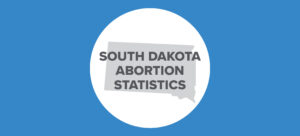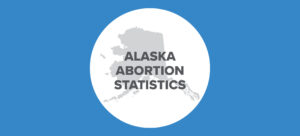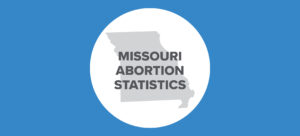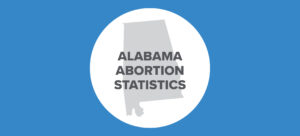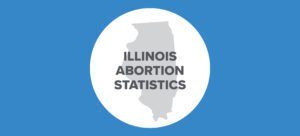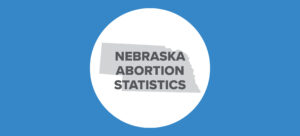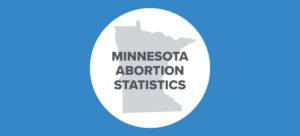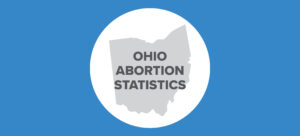
Tessa Longbons
Senior Research AssociateTessa Longbons is Senior Research Associate at Charlotte Lozier Institute, where her research focuses on abortion statistics at the state and national levels and the changing landscape of abortion policy, provision, and access in the United States.
Tessa has appeared on CBN News and EWTN News Nightly and has testified before Members of Congress on the Born-Alive Abortion Survivors Protection Act. Her work has been featured by National Review Online, Newsweek, The Gospel Coalition, Fox News, The Daily Signal, and many other national media outlets. She has contributed to peer-reviewed research on women’s experiences with chemical abortion and the impact of abortion on women enrolled in Medicaid.
Originally from Illinois, Tessa earned a BA in Communications from Thomas Edison State University. Prior to joining CLI, she got her start in pro-life research with the Family Research Council.
Research Authored
Abortion Reporting: South Dakota (2016)
In 2016, there were 471 abortions performed in South Dakota. This was an increase of six percent from the previous year, when 444 abortions occurred, but a decline of 71 percent from 1974, South Dakota’s first full year of reporting after the Supreme Court legalized abortion across the United States. South Dakota’s abortion data from 1974 is available in an online database. Chemical abortions made up 40 percent of total abortions in 2016. Chemical abortions increased by six percent from 2015 but fell by 24 percent from 2008, the first year with chemical abortion data available online. South Dakota does not report the state abortion rate, although the Charlotte Lozier Institute estimates that the state rate (2.98 abortions for every 1,000 South Dakotan women of childbearing age) has increased slightly since 2015.
Abortion Reporting: South Carolina (2016)
In 2016, there were 10,716 abortions performed on South Carolina residents. South Carolina reports only resident abortions and does not include abortions performed on non-resident women. Abortion data reflect abortions performed on South Carolina residents in South Carolina, North Carolina, and Georgia. Abortions performed on South Carolina residents have fallen by eight percent since 2015 and by 29 percent since 1990, the first year with abortion data available. South Carolina does not report chemical abortion data. The state abortion rate in 2016 was 11.2 abortions per 1,000 women ages 15 to 44.
Abortion Reporting: Alaska (2017)
There were 1,255 abortions performed in Alaska in 2017, similar to the 1,260 performed in the state the year before. Since 2003, Alaska’s earliest abortion reporting year, abortion totals have declined by 31 percent. Twenty-four percent of the abortions performed in Alaska in 2017, that is, 305 abortions, were chemical. Chemical abortions fell by seven percent from the previous year and by nine percent from 2003. Alaska does not report the state abortion rate, but the Charlotte Lozier Institute (CLI) estimates that the state’s rate of 8.52 abortions per 1,000 women of childbearing age has declined slightly from 2016.
Abortion Reporting: Missouri (2016)
Missouri’s annual abortion report for 2016 shows that abortion is declining in the Show-Me State, while Missouri residents continue to get abortions in neighboring states. Published online in January by the Department of Health and Senior Services, the report comprises eight pages in the state’s vital statistics report.
Abortion Reporting: Alabama (2016)
In 2016, there were 6,642 abortions reported in Alabama, an increase of almost 13 percent from the year before, when 5,899 abortions were performed in the state . Abortions have fallen by almost 41 percent since 2005, the first year with information available
Abortion Reporting: Illinois (2016)
Illinois’ 2016 annual state abortion report was published on schedule in December 2017. The 15-page report reveals that abortion totals in Illinois are declining steadily, while chemical abortions are increasing rapidly.
Abortion Reporting: Alaska (2016)
In 2016, a total of 1,260 abortions were reported in Alaska, a decrease from the 1,334 abortions reported in 2015. Since 2003, the earliest reporting year available, abortions in Alaska have declined by over 30 percent. Chemical abortions have also fallen, dropping by three-and-a-half percent from 2015 and by not quite two percent from 2003. However, during 2016, the 329 chemical abortions performed in Alaska made up 26 percent of total abortions, while in 2003 chemical abortions composed only 19 percent of total abortions.
Abortion Reporting: Nebraska (2016)
Nebraska’s 2016 abortion report shows that abortion totals in the state continue to fall. The 16-page report is published every May by the Nebraska Department of Health and Human Services and made available on the health department’s website.
Abortion Reporting: Minnesota (2016)
Total abortions in Minnesota have been slowly decreasing since 1999, when its current abortion reporting statutes went into effect. While abortions went up by not quite 1 percent from 2015, total abortions performed in the state dropped by 31 percent between 1999 and 2016. At the same time, chemical abortions have been increasing. In 1999, 81 chemical abortion procedures were performed, accounting for slightly more than half of 1 percent of all abortions. By 2016, the number of chemical abortions had increased by almost 4,250 percent to 3,522 abortions, making up a little over 35 percent of Minnesota abortions. Between 2015 and 2016, chemical abortions rose by nearly 12 percent. The abortion rate increased slightly between 2015 and 2016, rising from 8.4 in 2015 to 8.6 in 2016.
Abortion Reporting: Ohio (2016)
Since 1991, the earliest year with information available online, the annual number of Ohio abortions has been dropping. By 2016, the total number of abortions had declined 50 percent from 41,705 in 1991 to 20,672 in 2016.














